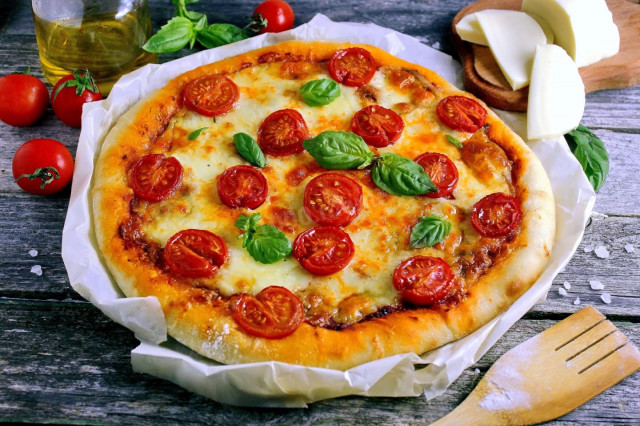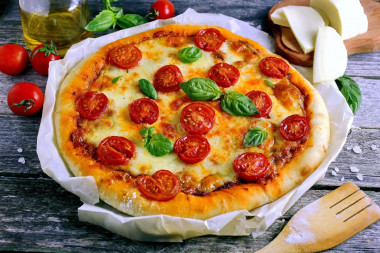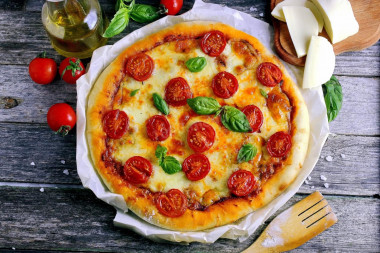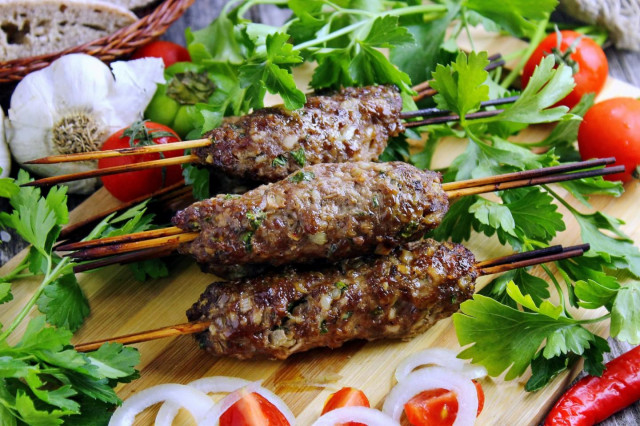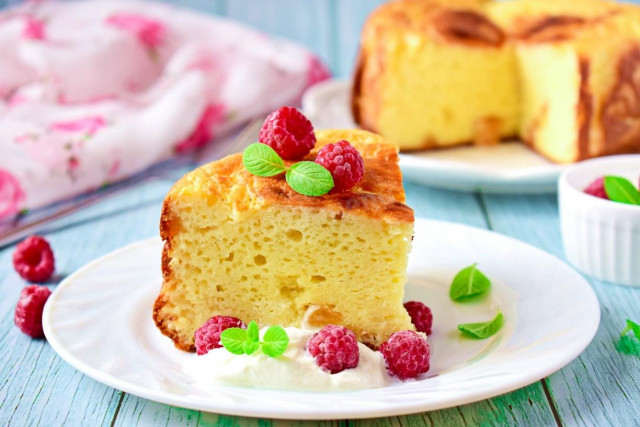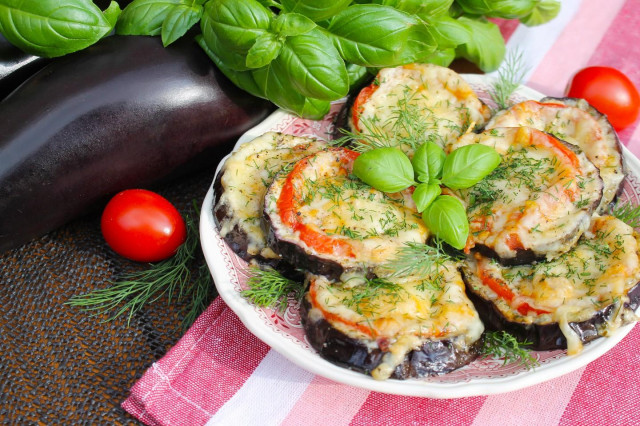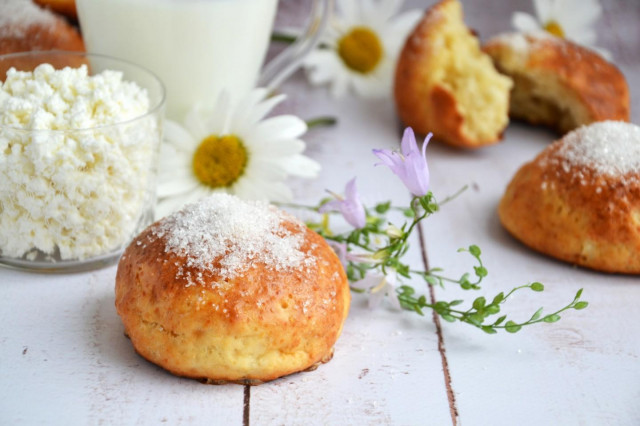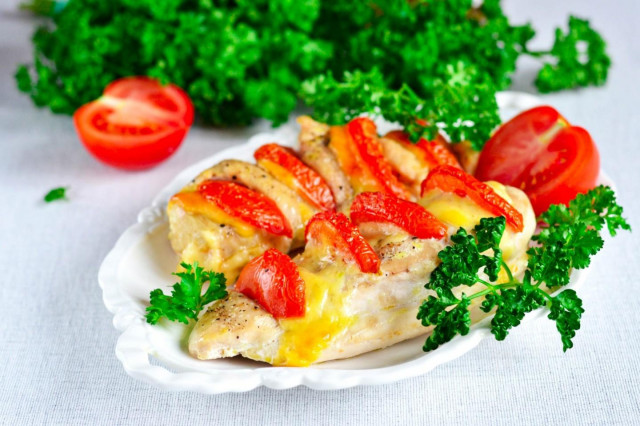Composition / ingredients
Step-by-step cooking
Step 1:

How to make pizza Margarita at home? Use flour of the highest grade. It must be sifted to remove small debris, saturate the dough with oxygen and it has risen well. Olive oil is used in the classic pizza dough recipe. But it can be replaced with any other refined oil.
Step 2:
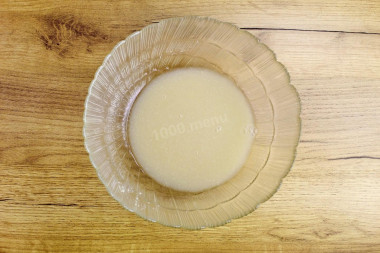
Start cooking pizza with dough. Heat the water to a temperature of 37-40 degrees. Dissolve the sugar in it and add yeast. If there is no cooking thermometer, determine the temperature in the following way: drop a drop of water on the inside of your wrist. If the feeling is neutral, then the temperature is correct. Leave in a warm place for 5-15 minutes to activate the yeast.
Step 3:
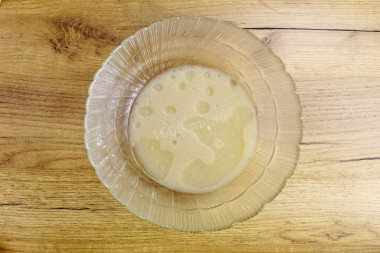
Add salt, 2 tablespoons of olive oil to the dough and stir well until smooth.
Step 4:
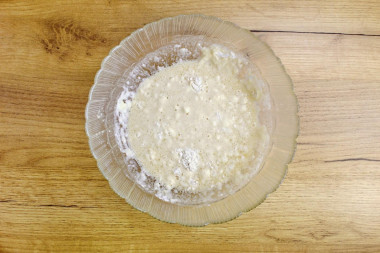
The properties of flour of the same grade, but different manufacturers may differ. Therefore, to get the desired consistency, add flour in small portions. When it becomes difficult to knead with a spoon, start doing it with your hands. Knead the dough thoroughly.
Step 5:
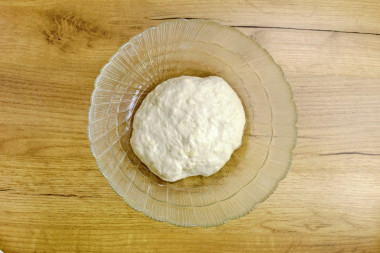
The dough should be soft, tender and slightly stick to your hands. Lubricate the bowl and hands with vegetable oil. Form a ball from the dough, cover the bowl with cling film or a towel so that it does not dry and rises well. Leave it in a warm place while you cook the filling.
Step 6:
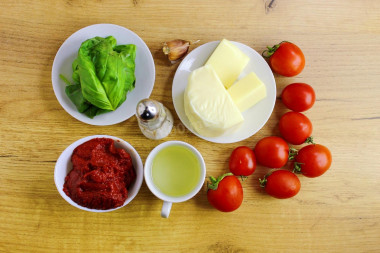
Prepare the filling. Fresh basil can be replaced with dried basil. Choose tomatoes of a small size, dense and fleshy, so that they do not spread and retain their shape during the baking process.
Step 7:
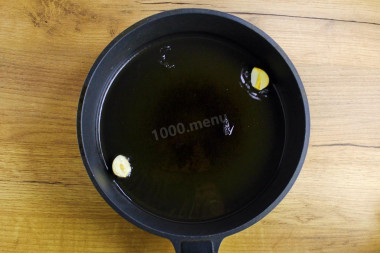
Peel and wash the garlic, cut along the clove into 2 parts. In a preheated frying pan, heat the oil. Fry the garlic over medium heat for 2 minutes, stirring.
Step 8:
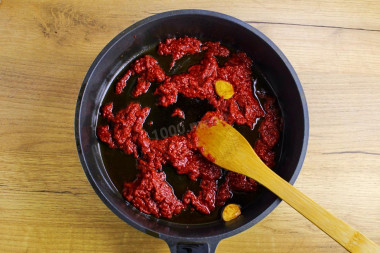
Add tomato paste to garlic. If the paste is too thick, add a little water so that you can get a homogeneous mass. Stir constantly, bring to a boil, add salt to taste. Let it simmer for another 2 minutes.
Step 9:
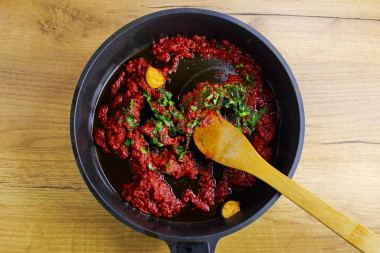
Remove the flaccid leaves and hard stems from the basil, rinse, dry and chop with a knife. Add to the pan and stir. The sauce is ready.
Step 10:

Put it in a small container and cool it. Remove the garlic, it will no longer be useful to you.
Step 11:
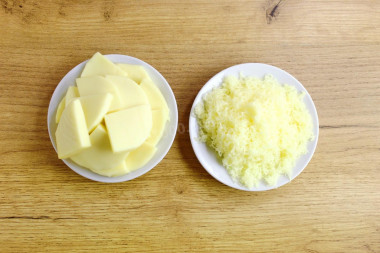
Cut the mozzarella into pieces 3-5 mm thick. You can grate some of them, like me.
Step 12:

Wash tomatoes, remove the stalk and cut into circles or just in half.
Step 13:

When the sauce cools down, proceed to forming the pizza. Turn on the oven to warm up to 220 degrees so that it has time to warm up.
Step 14:

Mash the dough with your hands into a round layer 3-5 mm thick. Leave the edges thicker to form a rim.
Step 15:

Spread the dough evenly with the sauce.
Step 16:
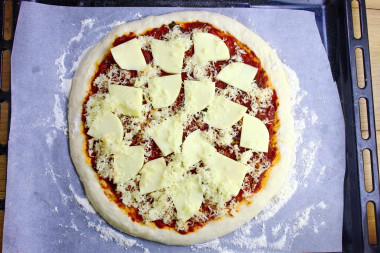
Spread the mozzarella on top.
Step 17:
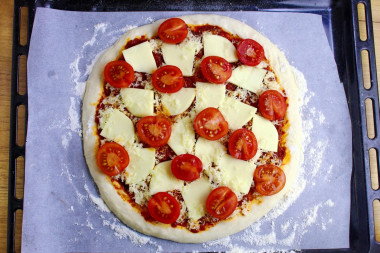
Next, arrange the tomatoes.
Step 18:
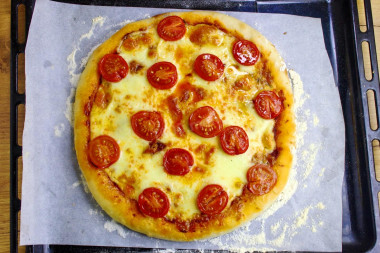
Bake for 10-15 minutes on the middle shelf of a preheated 220 degree oven with the "top-bottom" mode. Determine the exact time and temperature by your oven. In the finished pizza, the edges of the dough will be slightly browned. In an ideal Margarita pizza, Mozzarella slices should only melt slightly. I kept it in the oven a little too long and it all spread out. Next time I'll make the temperature higher.
Be prepared for the fact that flour may need more or less than indicated in the recipe. Focus not on the amount of flour, but on the desired consistency of the dough. To avoid mistakes, read about flour and its properties!
Keep in mind that everyone's ovens are different. The temperature and cooking time may differ from those specified in the recipe. To make any baked dish successful, use useful information about the features of ovens !
Important! Using dry yeast, it should be borne in mind that they occur in two forms: active and instant (read the instructions carefully before use!).
Active dry yeast looks like beads or small balls. Before applying them, they must be brought out of "sleep mode". To do this, the active yeast is diluted in warm sweet water, milk or whey. The resulting bubbles, foam or "cap" indicate that the yeast is ready for further use. Active dry yeast must be brought to complete dissolution in the liquid, otherwise, due to the remaining grains, the dough may not rise and the baking will be spoiled (yeast grains that have not dissolved in the liquid and got into the dough will not disperse on their own, which means they will not work).
Instant dry yeast is easier to use. They do not need to be activated before use. Such yeast, along with other ingredients, is simply added to the dough. As a result, the baking time is reduced.
It should also be remembered that both types of dry yeast may differ in their activity from different manufacturers.
Caloric content of the products possible in the composition of the dish
- Garlic - 143 kcal/100g
- Fresh basil - 27 kcal/100g
- Dried basil - 251 kcal/100g
- Granulated sugar - 398 kcal/100g
- Sugar - 398 kcal/100g
- Tomato paste - 28 kcal/100g
- Salt - 0 kcal/100g
- Water - 0 kcal/100g
- Wheat flour - 325 kcal/100g
- Olive oil - 913 kcal/100g
- Cherry tomatoes - 15 kcal/100g
- Mozzarella - 280 kcal/100g
- Dry yeast - 410 kcal/100g

